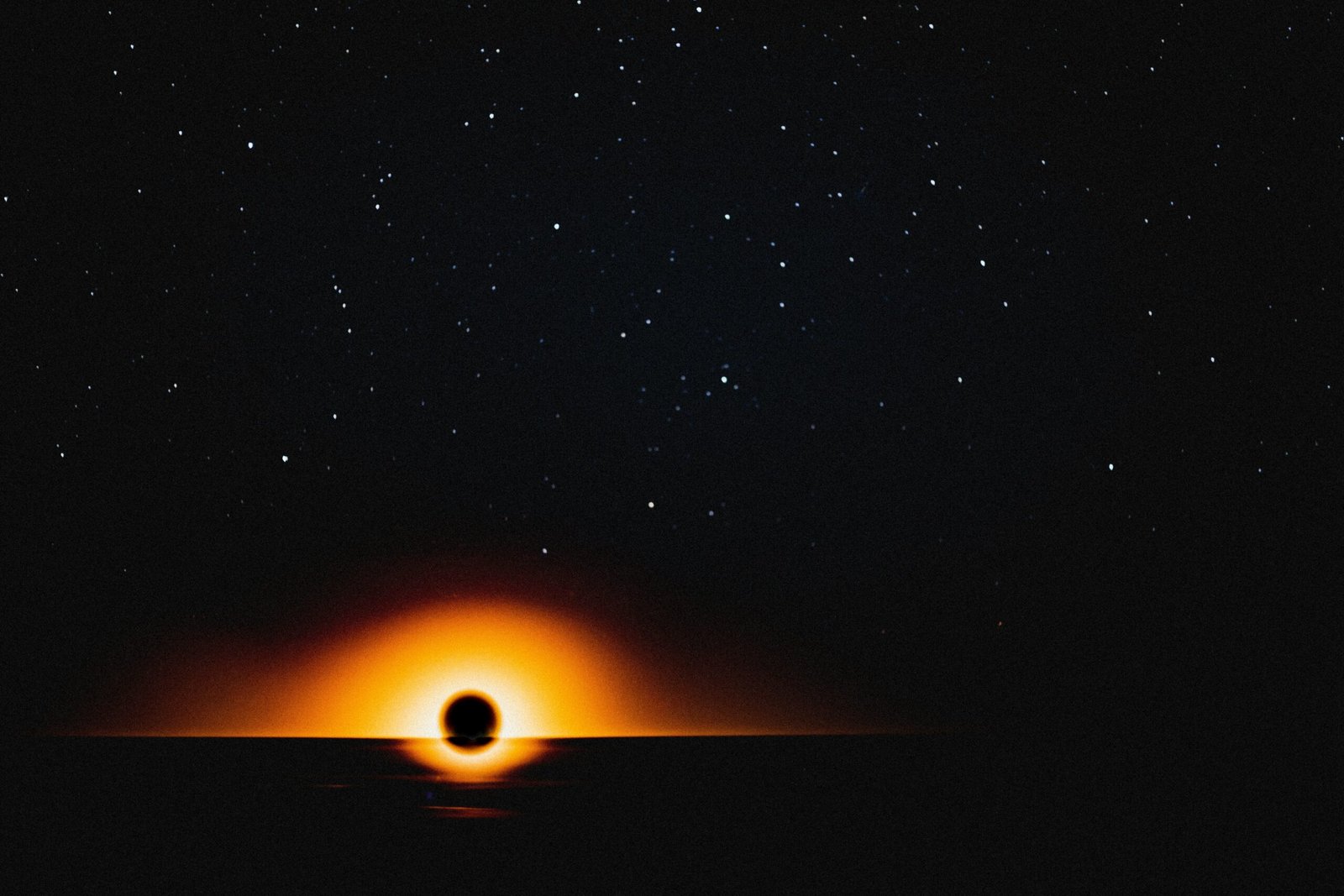Introduction
On April 10th, 2019, the world witnessed a groundbreaking event in the field of astrophysics. The first-ever photo of a black hole was announced, capturing the attention of scientists and the general public alike. This historic image, taken by the Event Horizon Telescope (EHT) collaboration, provided visual evidence of a supermassive black hole located in the center of the M87 galaxy, a staggering 55 million light-years away from Earth.
The Significance of the First Photo
The release of the first photo of a black hole marked a monumental achievement in the field of astrophysics. For decades, black holes have captivated the imagination of scientists and the public, but their elusive nature made them incredibly challenging to study. This image provided the first direct visual proof of a black hole’s existence, offering a glimpse into the mysterious world of these enigmatic cosmic phenomena.
Prior to this groundbreaking event, our understanding of black holes was based on theoretical predictions and indirect observations. The first photo of a black hole offered tangible evidence, confirming the existence of these celestial objects and providing valuable insights into their nature and behavior.
The International Collaboration
The achievement of capturing the first photo of a black hole was the result of a remarkable international effort. The Event Horizon Telescope collaboration brought together scientists from around the world, utilizing a network of radio telescopes to create a virtual Earth-sized telescope. By synchronizing these telescopes and combining their data, researchers were able to generate an image with unprecedented detail.
The international collaboration involved scientists from various institutions, including the Harvard-Smithsonian Center for Astrophysics, the Max Planck Institute for Radio Astronomy, and the National Radio Astronomy Observatory, among others. This global partnership showcased the power of collective scientific endeavor, highlighting the importance of collaboration in pushing the boundaries of human knowledge.
The Black Hole in M87 Galaxy
The black hole captured in the historic image is located in the center of the M87 galaxy. This supermassive black hole has a mass equivalent to 6.5 billion times that of our Sun, making it one of the most massive black holes ever observed. Its immense gravitational pull is so strong that even light cannot escape its grasp, hence the name “black hole.”
The image revealed a bright ring surrounding the black hole, known as the event horizon. This ring is formed by the intense gravitational forces bending light around the black hole. The photo provided valuable insights into the structure and dynamics of black holes, confirming many theoretical predictions.
Implications for Astrophysics
The first photo of a black hole has opened up new avenues for research in astrophysics. By studying the image and analyzing the data collected by the Event Horizon Telescope collaboration, scientists can gain a deeper understanding of the fundamental properties of black holes.
One of the key implications of this groundbreaking achievement is the validation of Einstein’s theory of general relativity. The image confirmed the predictions made by this theory regarding the behavior of light in the presence of strong gravitational fields. This confirmation provides further evidence for the accuracy of Einstein’s revolutionary theory.
Furthermore, the image has sparked new questions and avenues of exploration. Scientists are now investigating the nature of the black hole’s accretion disk, the region of swirling matter surrounding the black hole. By studying the dynamics of this disk, researchers hope to gain insights into the processes that fuel the immense energy emitted by black holes.
Conclusion
The first-ever photo of a black hole, announced on April 10th, 2019, was a groundbreaking achievement in the field of astrophysics. This historic image provided visual evidence of a supermassive black hole located in the center of the M87 galaxy, 55 million light-years away from Earth. The international collaboration behind this achievement showcased the power of global scientific cooperation.
The photo of the black hole offered the first direct visual proof of their existence, shedding light on these enigmatic cosmic phenomena. It confirmed theoretical predictions, validated Einstein’s theory of general relativity, and opened up new avenues for research in astrophysics. This momentous event will undoubtedly shape our understanding of black holes and the universe for years to come.
References:
- National Science Foundation – Black Holes
- Event Horizon Telescope
- Nature – First M87 Event Horizon Telescope Results

